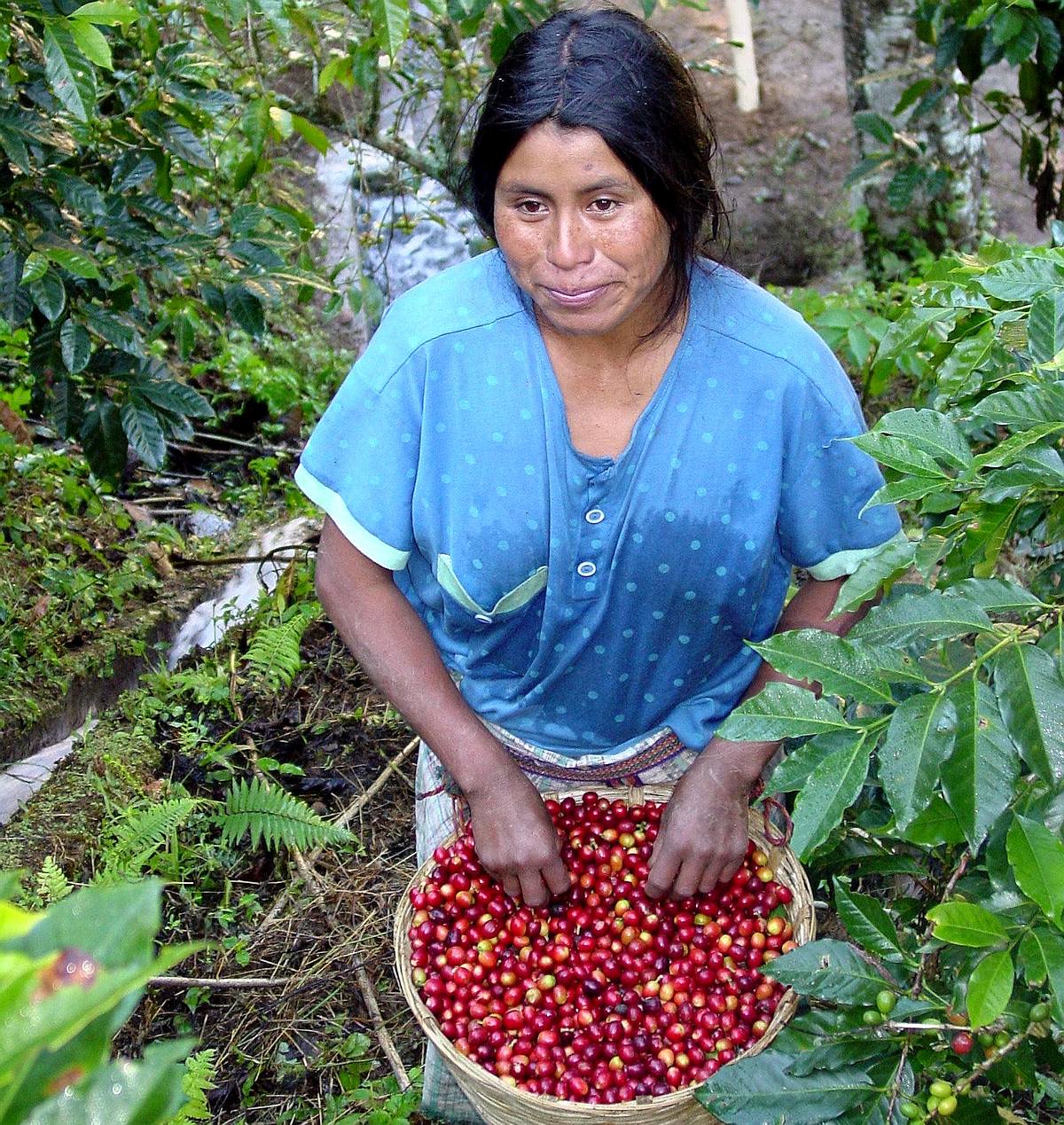You may have heard the term “single origin” being used by your favorite barista while they're whipping up your creamy cappuccino, and you might not have paid much mind to it. But what does it mean? And should you care?
The coffee industry has become increasingly complex as more and more baristas are taking their passion and experimenting with it, and discovering new ways to brew. But what does this mean for your espresso shot? Would buying single origin coffee make your espresso better, or just more expensive?
Let's explore this topic in detail, and guide you what origins are just amazing for pulling espressos. Oops, I let that spoiler slip.
What Does “Single Origin” Mean?
Single origin beans are those that come from a single producer, crop, or region, (more about that here). Single origin beans can be traced back to a single farm, in which case we call it single estate coffee.
Estate coffees are usually sourced from renowned farms, and they are head and shoulders above the average sourced bean. Furthermore, a farmer might differentiate between different areas of his farm.
The harvest from specific sections might have a greater value because of the altitude, or the specific soil, or the amount of sun. This is called micro-lot coffee. Micro-lot coffees can also be selected based on the harvest day. They are usually the most expensive, and they have the most unique profile of all the single origins. Some micro-lot coffees barely resemble any coffee you have ever tasted, and in a good way.
There is also the single country coffee, which doesn't mean much in specialty coffee. If a roaster decides to skimp on quality, labeling a mix of cheap and quality beans from a single country gets them covered, and might trick coffee drinkers to think it's specialty coffee. That's not to say that we can't find good single country coffees. Starbucks, illy, and other large roasters have decent single country origins.

The last type I want to mention is the single region coffee. Single region coffee includes beans harvested from various farms within a geographical region. This is a great way for large roasters to buy in bulk coffee with the same “terroir”. Great examples of coffee regions are: Yirgacheffe, Harrar, and Sidamo in Ethiopia, Java and Sumatra in Indonesia, Kona in Hawaii, Terrazu and Poas in Costa Rica.
A example of how single region can be wrongly used is Minas Gerais in Brazil. Minas Gerais is a region in Brazil that covers a very large territory, and is comprised of various coffee growing regions such as Cerrado de Minas, and Sul de Minas. So if you buy Minas Gerais coffee beans, it's a bit too generic to be considered a real single origin.
Single Origin vs Blends
Most of the stuff people buy for their daily needs is coffee blends. Office coffee makers are also supplied with blends. The advantage of a coffee blend is that it's easier to reproduce the taste consistently, from batch to batch. There is an entire process bog roasters follow in order to offer the same flavor over and over. Imagine if one day you bought your favorite coffee from the store, and it tasted differently. Not good.
Espresso blends offer this consistency, but also a little bit more. Roasters can carefully combine different species and varieties of coffee to obtain a blend that surpasses a single origin. For instance they can choose to mix 10–20% Robusta, (Coffea Canephora), for some extra crema, and 80% Arabica, (Coffea Arabica), for flavor. This is a typical good Italian espresso blend, though not the greatest.
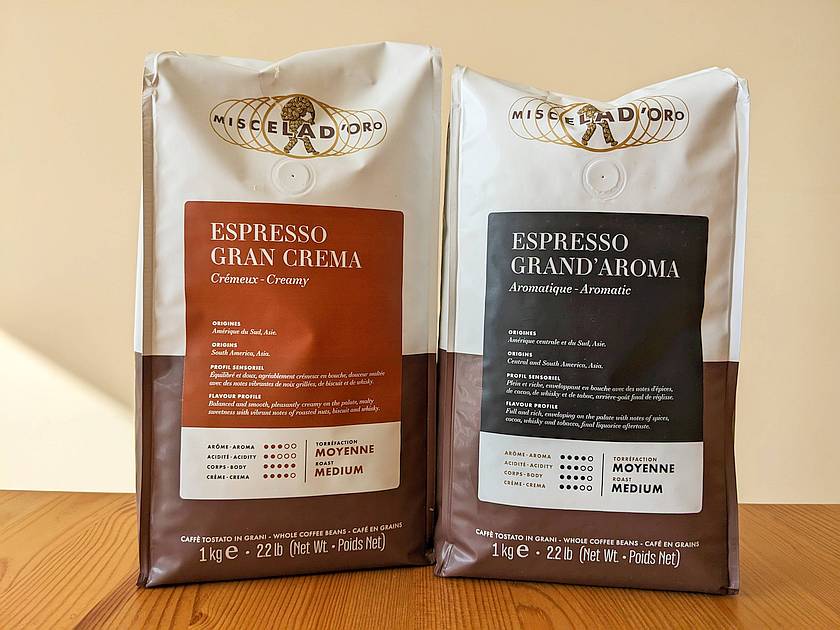
The problem with most blends is that they are boring. There is nothing special about them, no distinctive flavors. They all taste similar, and that is the point.
Don't get me wrong. Great blends are amazing, but this is only when we talk about specialty coffee. A specialty coffee blend will be more complex, and ideally all of the important flavors will be easily detectable.
Single origin coffee is considered better than blends. But this is only true for quality beans.
For coffee lovers, the biggest advantage of origin coffees is that they have a flavor specific to the region where was grown. The specific flavors are a result of the combination of climate condition, altitude, geographical position, and soil. This what we call terroir. This is the same term we use for wines.
And because we buy from a specific farm, or cooperative, coffee is easily traceable. Traceability gives roasters and coffee specialists the confidence that the beans they buy are what they want.
Single origin beans are often lightly roasted to maintain their unique flavor. The more we roast a coffee bean, the more roast flavor will acquire, which will kill origin flavors. An experienced barista will be able to tell where a single origin coffee is from just by tasting it.
A single estate is the ultimate coffee selection because the beans are identical. Size, flavor, density, humidity, and other factors are the same. This allows the master roaster to experiment and get the best out of the beans.
With blends, the perfect roasting degree is different for the various sources; hence there is no perfect roasting, but rather a perfect average.
As Matt Perger greatly points out in his article, you have to match solubility of all components in the blend, if you want to make a great blend. This requires a lot of work, at least in the initial phase, when the blend is developed. If you want more details, here is an article that talks about the difference between single origin vs blends. Some brewing methods are more sensitive to solubility differences than other.
My experience with blends vs single origins is that great blends are from big roasters, because they have the resource to invest in research. There are great blends made by small roasters, don't get me wrong, but you'd have to know which ones to buy.
What Is Coffee Traceability, and Why Does It Matter?
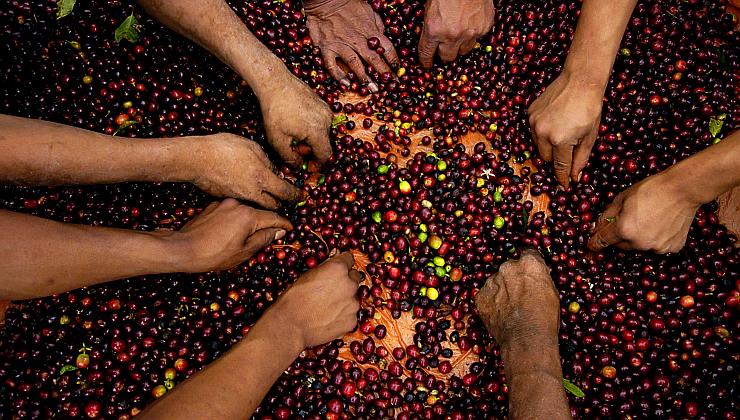
Coffee traceability allows roasters and consumers immediate access to important information about the coffee beans such as grower reputation, sustainability and ethics, and flavor. The acquiring process is also more transparent, leading to greater traceability. This helps master roasters to pick out different beans in blends.
The same variety of coffee can taste really differently if it's grown in a different climate and soil conditions. Also the processing method affects the flavor dramatically. So all of this information and more is instantly available if we know the coffee provenance.
Ultimately, it is the perfect tool to know exactly what you are buying. This is very important for knowledgeable consumers, who look for specific flavor notes.
Maybe it's even more important for the roaster, because they have all of this information immediately, so they can adjust roasting faster.
Traceability is the best way to have as much information about the beans as possible. We know the place coffee was grown, we can guess harvesting
What Are Single Origin Beans Used For?
In the past, baristas have typically preferred blends due to their complexity and their ability to pair with milk for lattes and cappuccinos, but single origins have been getting more popular. Why?
For one thing, single origin coffees are more traceable. Like we mentioned earlier, the origin of a single origin coffee is easy to determine by taste because the flavors are reflective of only one particular region.
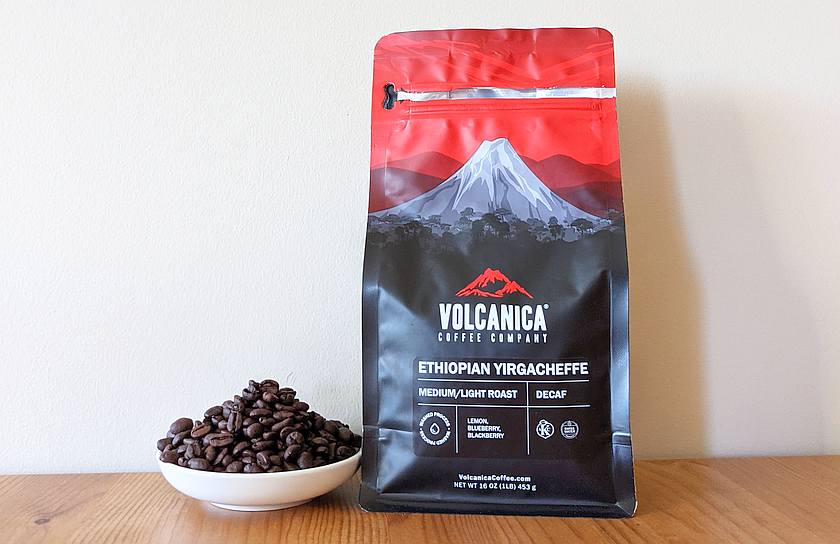
More importantly, specialty coffee shops have been innovating the way we brew coffee and discovering different brew methods, which require stronger flavors. Single origin coffees taste better standing alone, without milk or sugar. They're perfect for pour overs and slow drip methods, which are rapidly growing more popular.
Espresso is still the number one application where blends can outperform single origins. An espresso needs to combine several attributes: some acidity, but not too much, sweetness, and crema.
Many single origin coffees will make a great espresso, but will definitely lack in certain aspects. Don't get me wrong, I bought before Yirgacheffe, and I brewed it almost exclusively as espresso. It was fantastic. The floral notes are more muted in espresso than in a drip coffee, but totally distinguishable.
The espresso blends, have their appeal, and the balance between sweetness, crema, acidity, and body can't be matched by a single coffee.
On the other hand, if you are looking to get the amazing floral notes of Yirgacheffe or the sweetness of an Indonesian Sulawesi, you go for single origin, or Single Origin Espresso, (so espresso), as it is commonly called. Here is a nice article about espresso blending.
Does Single Origin Equal Better Quality?
This is a debatable topic, but many would say yes. A single origin coffee presents a better experience for the consumer. This is because of the increased communication between roasters and farmers, and a new level of pride taken on by everyone involved in the process.
More roasters are visiting the farms they're buying from to personally help cup the beans, and the exchange of information that takes place helps improve the quality of the coffee. Furthermore, this increased dedication has led to a sophistication that consumers are noticing and therefore getting more interested in. As more consumers become educated about coffee, more single origin beans are harvested, and the quality is improved upon even more.
Why Is Single Origin Coffee Better?
What is the hype about single origin, or single estate? Is it worth trying them?
Absolutely! Single origin coffee offers a completely different experience than that of a blend. Many times blends are just a way to mask poor beans quality. Or, as we shown earlier, we can get a bad result even with quality beans. The different origins in the blend have to be roasted separately, in order to get an uniform solubility.
In a single estate or single origin, the quality is perfect, as there is nothing to cover the bad taste. More than that, for certain brews, they will bring into your cup certain notes that you can't find in other beans. The soil and the local growing conditions give the coffee beans their unique taste.
The terroir effect can span over a wide area, such as a region of the country, but most often is a small area, such as a group of farms. Some big companies have created single origins using beans from an entire country. These are just blends, at the end of the day.
Sometimes a blend is an average of all the flavor components. With big roasters, the aim of a blend is to bring consistency, or to create complexity. But this comes at the expense of the individuality. The problem with coffee is that flavors can vary a lot from year to year, depending on climate conditions. So the same farm can sell you the same beans, but when roasted the same they taste differently. This is a big problem for the coffee drinkers, because most of them like consistency in their cup.
I love blends, because skilled master roasters can create a mix that you can't find in the single origin world. But the reality is that often times blends are not that great. Whether purposely dulled to maintain consistency, or to keep acquisition costs low, or even by inexperience, blends disappoint more times than not.
You might be surprised to find yourself ditching your usual cream and sugar for the full-bodied flavor of stand-alone single origin coffee. The best way to enjoy a single origin is as a pour over or a French Press. You can always ask your barista what their favorite method is for the specific coffee that has piqued your interest. I love supporting artisan roasters and small roasters in general, but I buy my espresso blends from larger companies, because they invest more resources in developing a blend.
If you're a home-brewer, you might consider investing in a Chemex. The Chemex uses a filter to provide a clean taste that exemplifies the flavors of the beans. Whatever method you choose, definitely skip the milk.
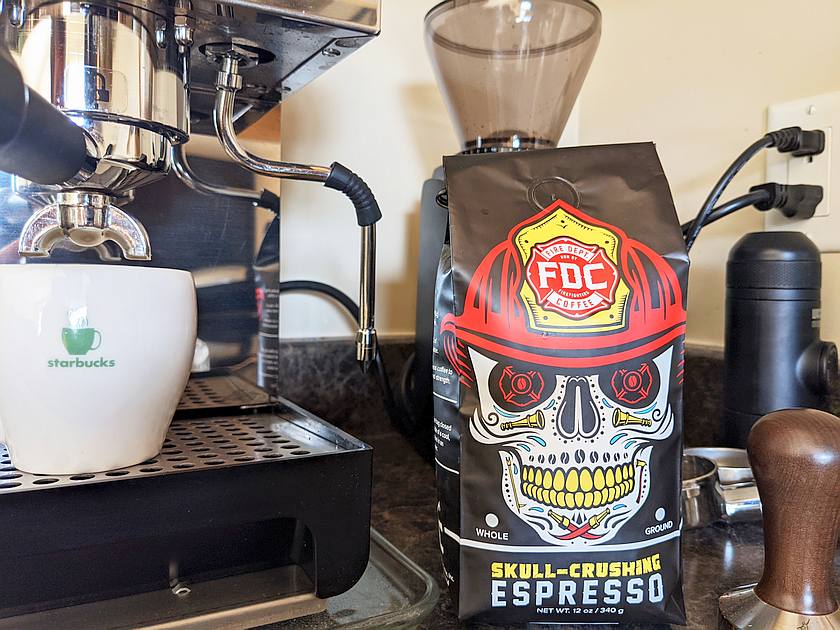
But let's get back to espresso, as it's our bread and butter. It might come as intriguing for you, but espresso is also a great way to enjoy a single estate. The high pressure and the lower brewing temperature will highlight the specific notes in the beans. With some origins, you will get less crema, but the taste section will compensate.
Single origin espresso, (so espresso), is many times better than blends, depending on your taste preferences. But a roaster who invests time and work in developing a blend, will get amazing results that surpass most single origins.
Video – Single origin vs Blends
Single Origin Coffee Contributes to More Ethical Production
Another reason you should consider giving single origin coffee a try is that it is helping to make the production of beans more ethical. The communication between roasters and farmers that we spoke of earlier? That communication increases the likelihood that farmers in other countries are getting paid fair wages.
If this is important to you, there are many coffee roasters out there that are specifically dedicated to producing only ethical, single origin coffee so consumers can enjoy their coffee with a clear conscience.
Different Regions and Their Flavors
Interested in educating yourself on how to determine the origin of a bean by its flavor? Here's a guide to help you on your way.
- Central America (Guatemala, Honduras, El Salvador, Nicaragua)– smooth, sweet, tart, fruity acidity, “clean” flavor.
- South America (Colombia, Brazil, Ecuador, Bolivia)– sweeter, less acidic, chocolatey, creamy.
- Africa (Ethiopia, Kenya, Uganda)–fruity, floral, complex, fragrant-rich, full-bodied.
- Asia (Indonesia, India, Philippines)– less acidic, more complex, savory.
Even within regions, specific countries can have varying flavor profiles. Going beyond the term “single origin,” the terms “single farm” and “single estate” are even more specific in pinpointing the origin of the bean. It's definitely safe to say that our coffee preferences are leaning more towards transparency and quality. If you would like to also learn about what kind of beans are best for espresso take a look at our article about Best Espresso Beans.
